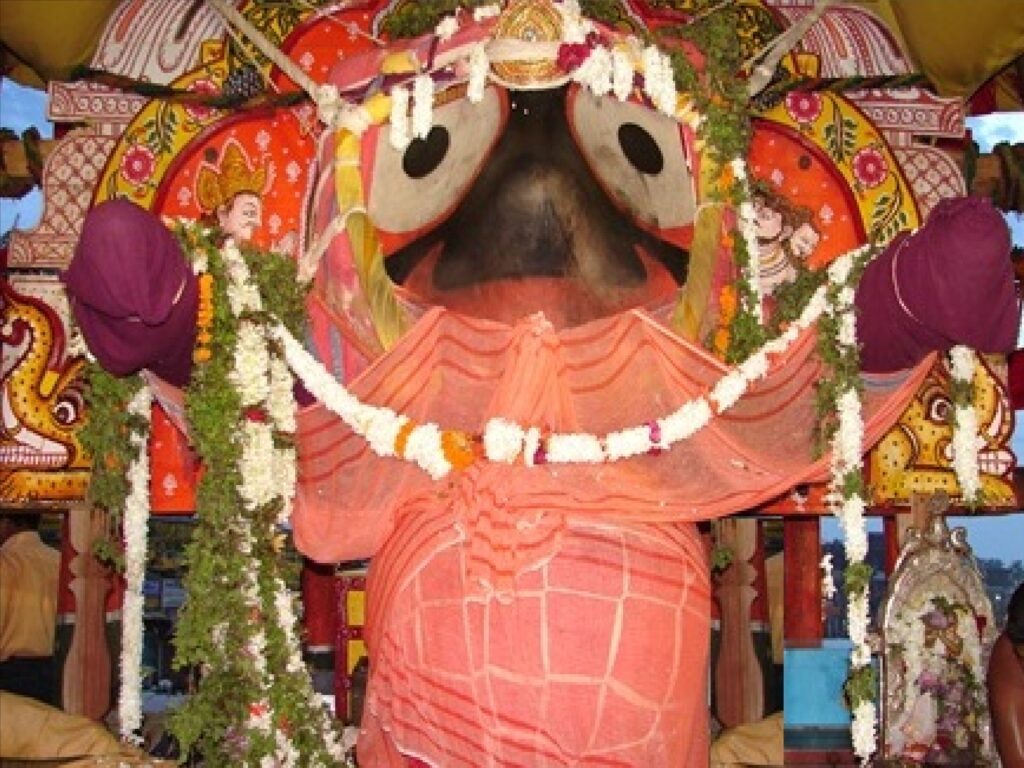India is a land of diversity, rich in cultural heritage, and home to various rituals and traditions. One such aspect that binds the people together is the reverence for the “Daru Devata,” or the sacred tree. This symbol has been an integral part of Indian culture for centuries, holding deep spiritual significance and acting as a connecting link between humans and nature.
The term “Daru Devata” can be split into two words – “daru,” meaning tree, and “devata,” signifying deity. In Indian mythology, every village or community has a specific tree that is considered sacred and believed to house a deity. The tree is often a prominent figure in local folklore, legends, and religious literature.
The significance of Daru Devata lies in the belief that it acts as the abode of divine energies. It is believed that deities reside in these trees, and they possess the power to bless, protect, and even fulfill the wishes of those who seek their benevolence. This belief is deeply ingrained in Indian culture, and people from different walks of life visit these sacred trees to seek solace, guidance, and blessings.

One of the most common types of Daru Devata is the Banyan tree. This tree is prevalent across the Indian subcontinent and holds great importance in various religions, including Hinduism, Buddhism, and Jainism. It is believed that Lord Vishnu, in his form as Ananta (the eternal one), resides in the Banyan tree. People often tie sacred threads or pieces of cloth to its branches as a way to seek blessings and protection.
You can read our another post on Progress of Bee Keeping in Odisha
Apart from the Banyan tree, other trees like Peepal, Neem, and Parijat also hold significance as Daru Devata in different regions of India. Each tree is associated with different deities and possesses specific qualities or powers. For instance, the Peepal tree is considered the embodiment of Lord Vishnu and is known for its ability to purify the surroundings and provide spiritual enlightenment.
The reverence for Daru Devata goes beyond religious beliefs; it is deeply ingrained in the Indian way of life. These sacred trees are often found in the vicinity of temples, shrines, ashrams, or even in open spaces where people can come and offer prayers. People also decorate these trees during religious festivals or tie colorful threads around them as a gesture of gratitude and devotion.
Besides their spiritual significance, Daru Devatas also play a vital role in environmental conservation. The protection and preservation of these trees have become crucial in recent times, as rapid urbanization and deforestation have threatened their existence. The awareness about the significance of these sacred trees has led to various initiatives and campaigns aiming to conserve and protect them.
More: Wanted to download Odishashop.com visit here
In conclusion, Daru Devata is not just a symbol of Indian culture, but also a testament to the deep connection Indians have with the environment and spirituality. The belief that these trees are the abode of deities and possess divine powers has been passed down through generations, shaping the religious and cultural practices of the country. As we continue to celebrate our cultural diversity, it becomes essential to acknowledge and protect these sacred trees, ensuring their preservation for future generations to come.
Write A FAQ For Daru Devata :The Symbol ofIndian Culture
1. What is “Daru Devata: The Symbol of Indian Culture”?
“Daru Devata: The Symbol of Indian Culture” is a book that explores the significance of Daru, a sacred tree in Indian mythology, and its representation of Indian culture. The book delves into the religious, cultural, and historical aspects associated with Daru and aims to provide a comprehensive understanding of its importance in Indian society.
2. What are some key topics covered in the book?
The book covers various topics related to Daru, such as its mythological origins, religious significance in Hinduism, its association with different deities, rituals and customs related to the tree, and its presence in Indian literature and arts. It also explores the ecological and environmental aspects of Daru and its role in sustainable practices.
3. Who is the target audience for this book?
The book is intended for anyone interested in Indian culture, mythology, and spirituality. It would be particularly valuable for those seeking a deeper understanding of the symbolic significance of Daru and its interconnectedness with various aspects of Indian society, including religion, folklore, and the arts.
4. Is prior knowledge of Indian culture necessary to understand this book?
While some familiarity with Indian culture may enhance the reading experience, the book is written in a way that is accessible to readers with varying levels of knowledge. It provides sufficient background information and explanations to ensure a comprehensive understanding of Daru and its relevance in Indian culture.
5. Are there any illustrations or visual representations in the book?
Yes, the book includes a collection of illustrations, photographs, and visual representations that complement the written content. These visuals enhance the reader’s understanding by providing visual cues and showcasing the presence of Daru in Indian art, sculptures, paintings, and historical depictions.
